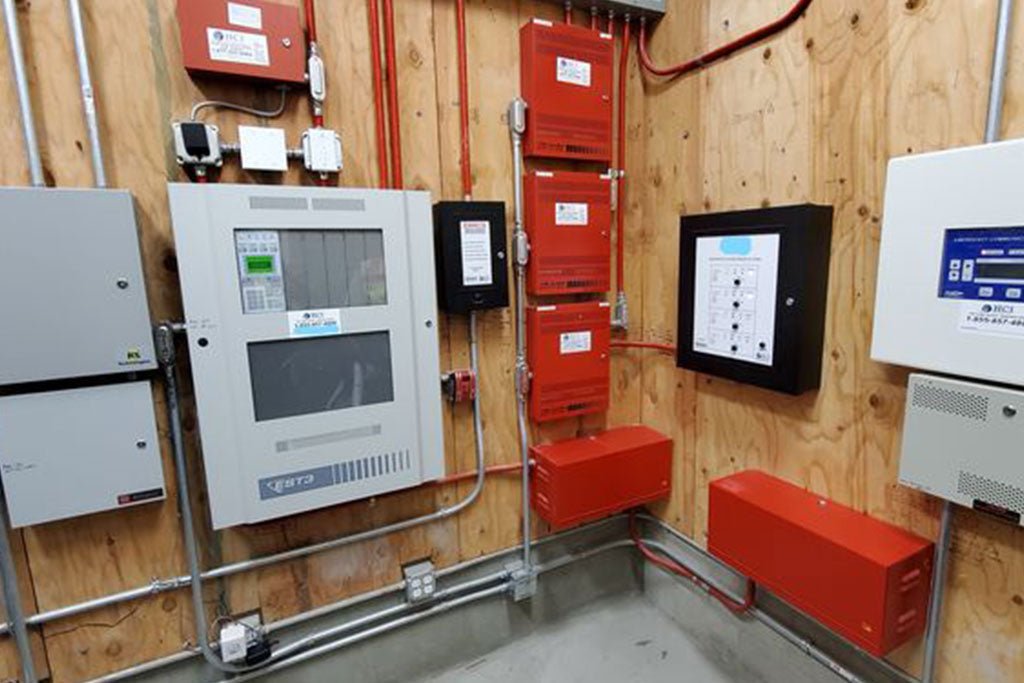A Public Safety Communications system is a wireless communication system that first responders and emergency services personnel use to facilitate seamless two-way communication.
Some individuals erroneously believe that a DAS system can serve as an ERRCS solution, but this is inaccurate.
To comprehend the differences between an ERRCS and a DAS system, consider their intended purposes, operational principles, and deployment locations.
What is a DAS system?
A Distributed Antenna System (DAS) comprises a series of antennas installed inside a building to enhance and facilitate carrier services across the structure.
DAS systems are typically installed indoors and include multiple antenna nodes connected via a fiber optic cable network.
However, they may also be set up in outdoor stadiums, arenas, or malls with limited cell tower coverage. The geography and building materials can also cause poor cell reception and impact a business's performance during peak operations.
DAS is connectivity-focused
Distributed Antenna Systems are designed to provide building-wide connectivity, ensuring that every floor, room, and corner has access to reliable carrier service, providing occupants, visitors, and businesses with complete coverage.
DAS systems can support voice, data, and video services to multiple cellular carriers on the same system, using a combination of RF engineering and expertise.
While a Cellular DAS System is useful for providing potential victims with a lifeline by ensuring a reliable connection, it is fundamentally different from an ERRCS.
Given the difference in purpose, design, compliance, and resilience, it is essential to differentiate these two systems.
What is an ERRCS?
An Emergency Responder Radio Communications System (ERRCS) ensures reliable, redundant two-way communication for first responders within building structures.
These systems employ communications compatible with public safety radio frequencies to guarantee safe communication between first responders, paramedical professionals, and public safety personnel.
ERRCS is mandated by authorities
ERRCS systems are mandated by the NFPA and Authority Having Jurisdictions (AHJs), while cellular DAS systems are not.
Most buildings that meet a specific size and occupancy threshold, which varies from city to city, must have an ERRCS system installed and undergo Annual Testing and Recertification (ATR).
Value through DAS and ERRCS
Cellular DAS systems can significantly increase the value of any venue or building, despite being underestimated.
This is evident from lousy cell reception, which immediately discourages possible tenants looking to rent or purchase property in your building.
ERRCS is more straightforward since their presence on-premises is mandated by the NFPA, as the system supports first responders and protects occupants. This adds an additional layer of value that property owners and managers can capitalize on to increase their standing in the market.
Conclusion
ERRCS and DAS can be excellent options depending on your requirements and budget. However, it is crucial to understand their differences to identify the appropriate solution for your communications system.
Are you interested in delving deeper into both systems? Contact us at +1 647 697-6974 or email us at info@jemsystems.ca
What distinguishes ERRCS from DAS?

